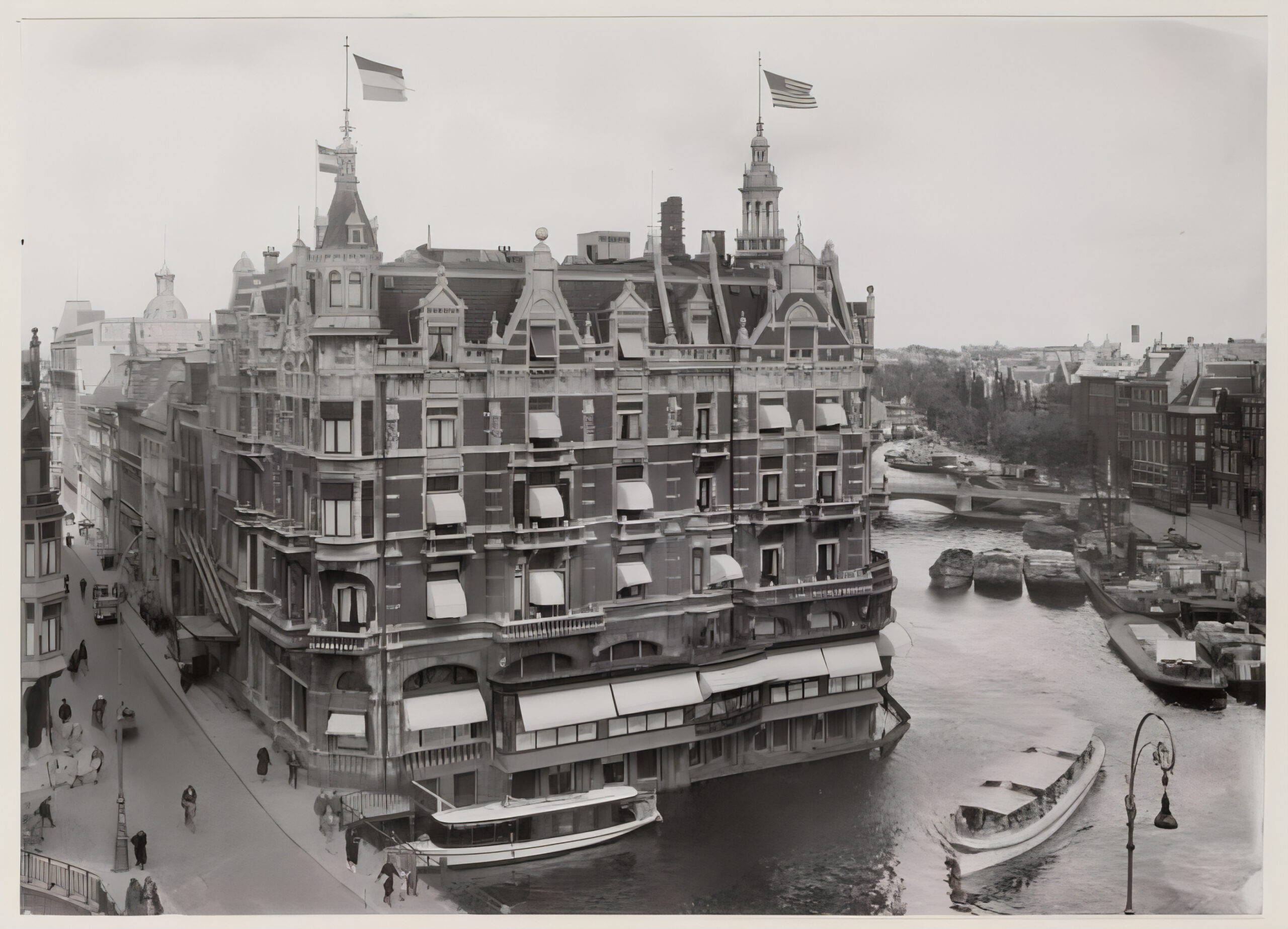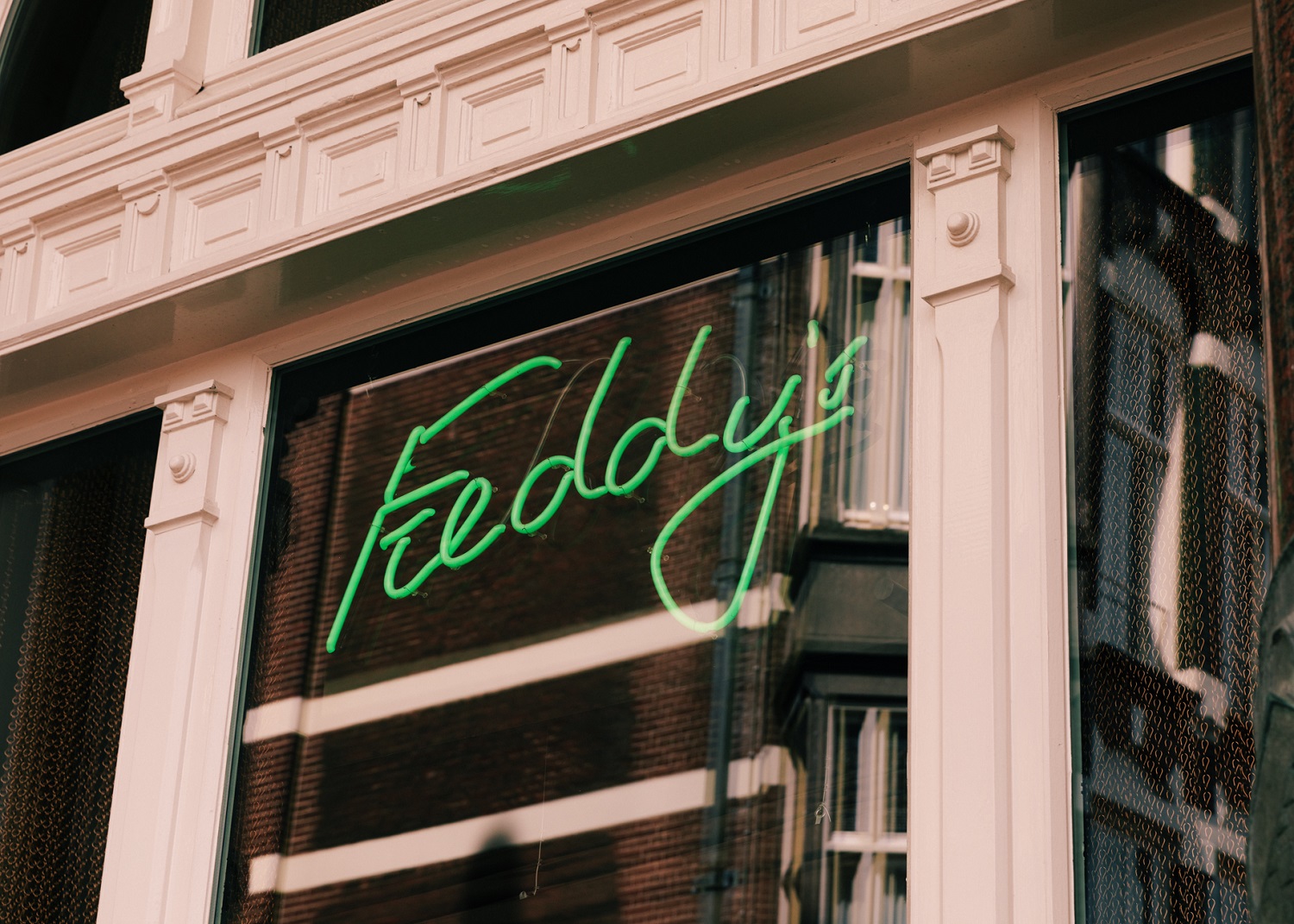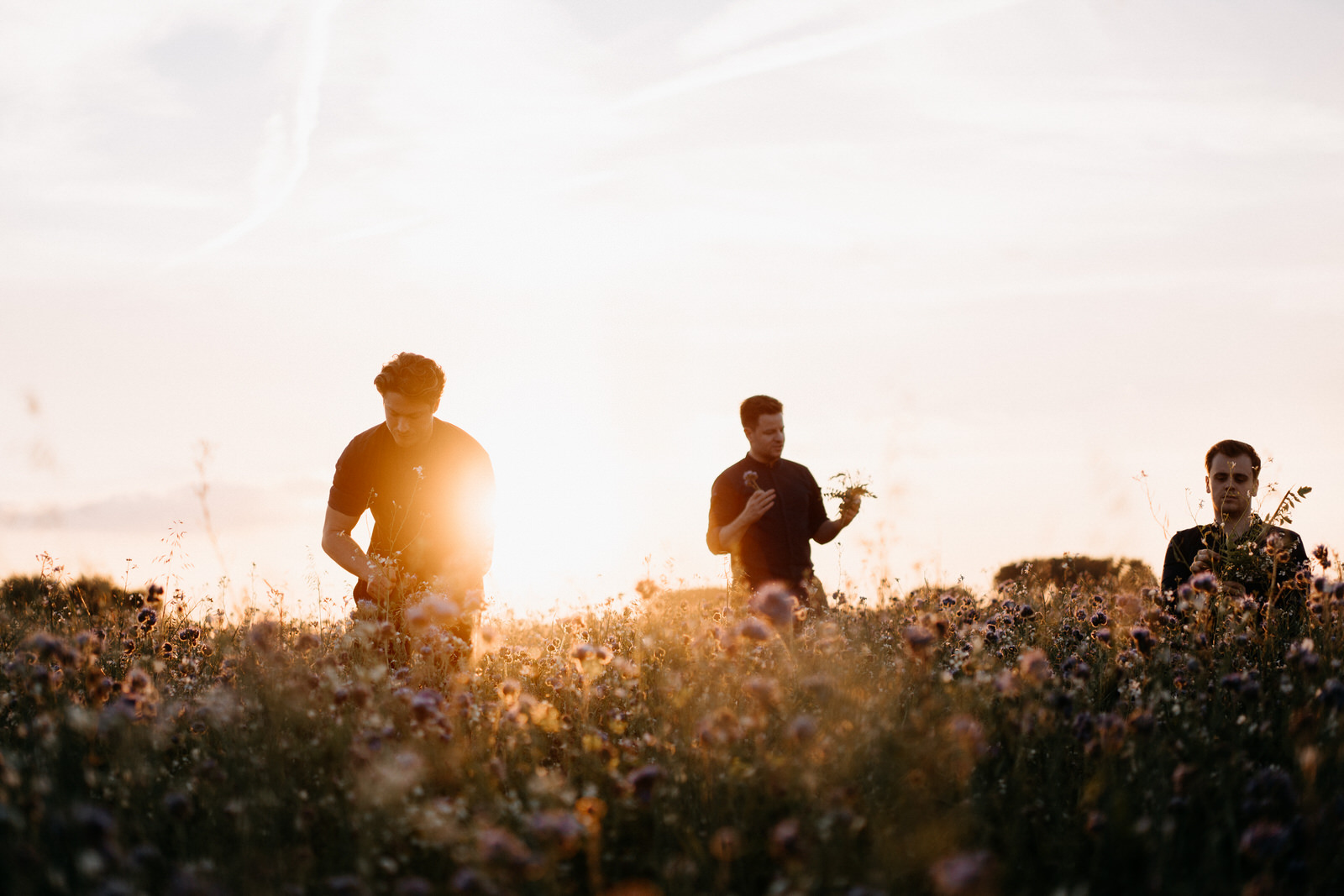WELCOME TO DE L’EUROPE AMSTERDAM
A place for those who appreciate authenticity and luxurious hospitality, and are eager to embrace Amsterdam’s rich heritage in the most elegant way since 1896.
Chapter 1
HET RONDEEL
Travelling all the way back in time to 1482, we find ourselves in a much smaller and more vulnerable Amsterdam. To defend the city, citizens built a wall with a for tress around it and named one of its main towers ‘Het Rondeel’. This stood exactly where De L’Europe Amsterdam stands today. Later, in 1535, the city expanded and the tower lost its initial purpose. For the next 100 years, the tower remained intact, but not in use. In 1638 an Inn opened that was built partly on the foundations of the fort. This simple guest house later adorned the side along the Amstel with a wall decorated with Renaissance flair. After numerous closures and renovations, Het Rondeel re-opened on the 28th of September 1845 in possession of Mr. H. J. Wolters. He believed the guest house to be suitable for business clients as well as for families. Under his leadership, Het Rondeel became the first hotel in Amsterdam that served and catered to families.
Chapter 3
Heineken
In the 1950’s, Hotel De L’Europe opened her heart and her doors to Alfred ‘Freddy’ Heineken. As he frequented the hotel, he fell in love with the monumental building and the sophisticated atmosphere. He eventually decided to buy the hotel making De L’Europe the first and only family-owned luxury hotel in Amsterdam.
By 1992, after several minor renovations, the hotel was able to offer guests the following accommodations: 100 rooms with all modern conveniences, two restaurants, a bar, a terrace on the Amstel river, several halls, a fitness centre, a shop, and a business centre. Today the hotel is proudly owned by the HEINEKEN company.
BE PART OF OUR STORY
Step into our world of luxury hospitality and be part of our remarkable story at De L’Europe Amsterdam. Explore exciting career opportunities where you can contribute to creating unforgettable guest experiences on our Careers page.









